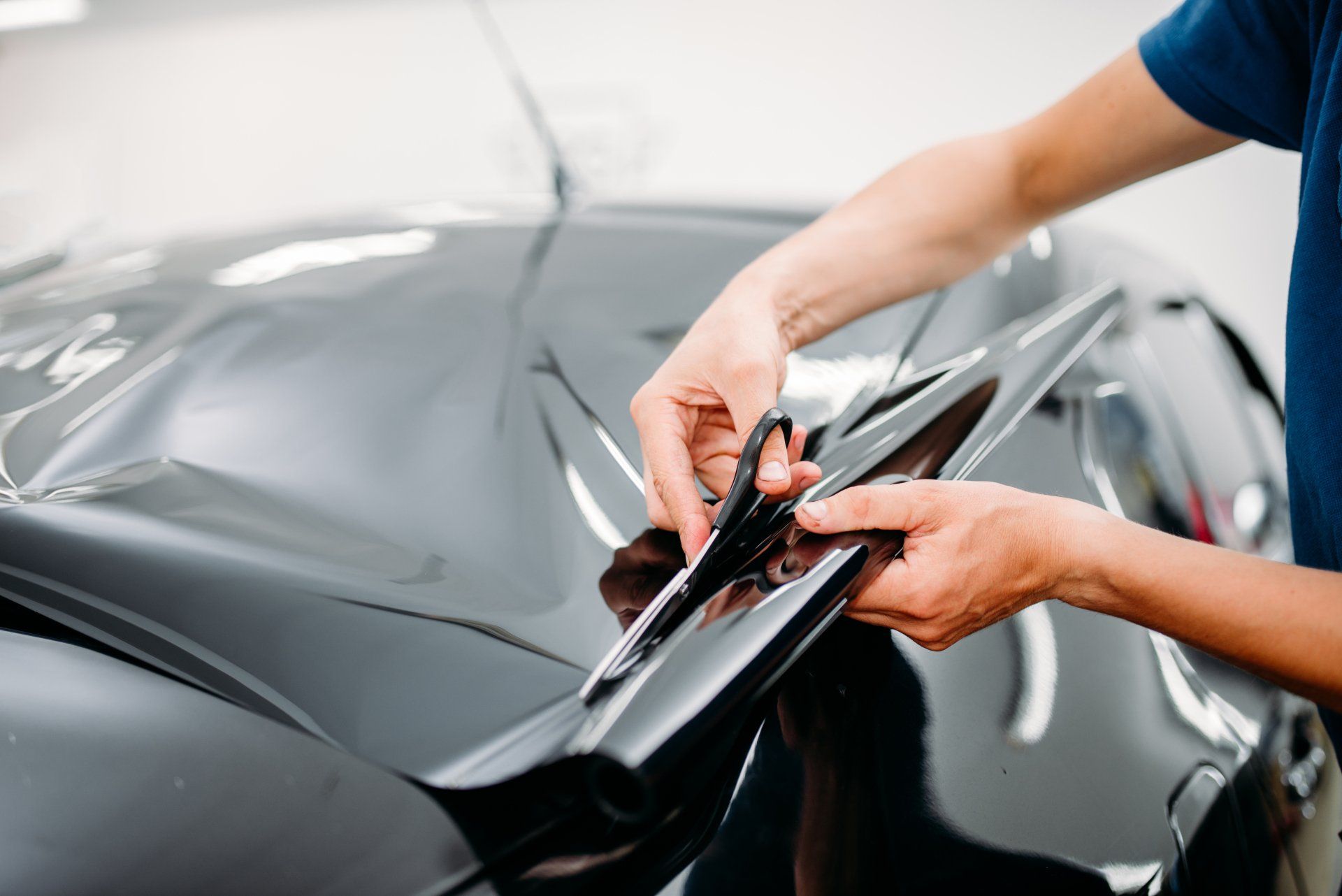Benefits, Types, and Legal Considerations
Auto Window tinting is one of the most popular automotive upgrades, offering a sleek look while providing numerous functional benefits. Whether you want to reduce glare, enhance privacy, or protect your car’s interior, auto window tinting is a smart investment. In this comprehensive guide, we’ll explore the advantages, different types of tints, legal restrictions, and maintenance tips to help you make an informed decision.
Why Should You Tint Your Car Windows?
1. Heat and UV Ray Protection
One of the biggest benefits of window tinting is its ability to block harmful UV rays and reduce heat buildup inside the car. High-quality tints can block up to 99% of UV radiation, protecting your skin and preventing your car’s interior from fading or cracking over time.
2. Enhanced Privacy and Security
Tinted windows make it harder for outsiders to see inside your vehicle, reducing the risk of theft. Whether you’re carrying valuables or simply want a more private driving experience, tinting adds an extra layer of security.
3. Reduced Glare and Improved Comfort
Bright sunlight and headlight glare can be distracting and dangerous while driving. Tinted windows significantly reduce glare, improving visibility and making long drives more comfortable.
4. Better Aesthetics
A well-tinted car looks sleek and stylish. With various shades and finishes available, you can customize your vehicle’s appearance to match your preferences.
5. Increased Safety
In case of an accident, tinted windows help hold shattered glass together, reducing the risk of injuries from flying shards.
Types of Auto Window Tinting Films
1. Dyed Window Tint
- Pros: Affordable, non-reflective, provides good privacy.
- Cons: Less effective at heat rejection, may fade over time.
2. Metalized Window Tint
- Pros: Durable, blocks heat and UV rays effectively, enhances window strength.
- Cons: Can interfere with GPS and cell phone signals, more expensive than dyed tints.
3. Carbon Window Tint
- Pros: High heat rejection, fade-resistant, no signal interference.
- Cons: More expensive than dyed or metalized options.
4. Ceramic Window Tint
- Pros: Best heat and UV rejection, no signal interference, long-lasting.
- Cons: Most expensive option.
5. Hybrid Window Tint
- A combination of dyed and metalized films, offering a balance between cost and performance.

Legal Considerations for Window Tinting
Window tinting laws vary by state and country, regulating how dark or reflective your tints can be. Here are some general guidelines:
- Front Side Windows: Most states allow 30-50% tint darkness.
- Rear Side & Back Windows: Often permitted to be darker (sometimes as low as 5%).
- Windshield: Typically, only a non-reflective tint strip (4-6 inches) is allowed at the top.
Always check local laws before tinting to avoid fines or mandatory removal.
How to Maintain Your Window Tint?
To ensure your tint lasts long and stays in good condition:
Avoid rolling down windows for 3-5 days after installation.
Use ammonia-free cleaners (ammonia can damage the film).
Gently clean with a microfiber cloth to prevent scratches.
Park in the shade when possible to reduce heat exposure.
DIY vs. Professional Installation
While DIY tint kits are available, professional installation is recommended for:
Bubble-free application
Precision cutting
Longer-lasting results
Poorly installed tints can peel, bubble, or reduce visibility, so investing in a professional job is often worth it.
Final Thoughts
Auto window tinting is more than just a cosmetic upgrade—it improves comfort, safety, and protection for both you and your vehicle. By choosing the right type of tint and ensuring proper installation, you can enjoy its benefits for years to come.
Click below for more…
Hyundai Creta: A Comprehensive Overview of Features, Variants & Market Positioning

